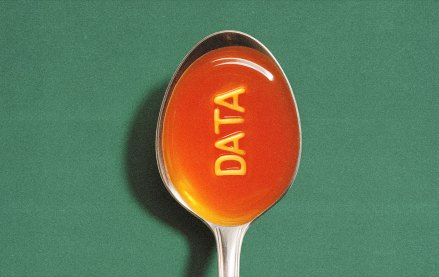Save 50% on a 3-month Digiday+ membership. Ends Dec 12.
Twitter has chosen the circuitous route when it comes to building an ad business. The question is whether it’s been too slow.
The effort is indicative of the baby steps Twitter is taking to get to an ad model. There is no AdWords equivalent for a stream of short updates. The thinking is that users will rebel if Twitter innundates them with ads. Twitter seems almost embarrassed by having to use ads at all, almost cheekily noting in its post announcing Timely Tweets that it was a feature users asked for.
Twitter’s slow-walk into the advertising business is applauded by many in Silicon Valley as a textbook example of how a tech service has to put its user experience above a business model. Indeed, Twitter’s valuation keeps growing exponentially, even as its ad business remains extremely immature. The last thing Twitter or any hot service wants to do is “pull a MySpace” and litter the place with cheesy ads.
“It sounds like they were waiting for their users to get comfortable with this, but I keep wondering what is the real reason Twitter is taking so long,” he said. “You don’t need a year or longer to get people used to having some kind of advertising.”
The problem with Timely Tweets, according to Berkowitz, is it’s preaching to the choir. Twitter is adamant that it will build ad products that mimic how the service is used. That’s why it’s trying desperately to do ads that aren’t really ads. They’re actually just normal updates that brands make. This is, of course, a bit of a dodge. Take Promoted Trends, probably Twitter’s most successful ad foray. The notion is these are already existing trends that are taking place. That’s not really true. Brands are creating these most times out of thin air.
And that’s fine. It’s advertising, after all. Advertising will remain, even in social media, to some degree an interruption. Many Silicon Valley companies turn their noses up at the ad business altogether. There’s talk that even within Twitter there are factions who see a much larger mission. After all, President Obama credited tweets, in part, for helping to resolve the debt-ceiling impasse. Catering to media buyers seems like small beer compared to that.
“They want to show that they can do incremental things that result in exponential increases,” he said.
More in Media

Meta enters AI licensing fray, striking deals with People Inc., USA Today Co. and more
The platform has secured seven multi-year deals with publishers including CNN, Fox News, People Inc., USA Today Co to incorporate their content into its large language model (LLM) Llama.

European publishers say the Digital Omnibus ‘cookie fix’ leaves them worse off
The European Union’s attempt at a legislative spring clean for Europe’s web of data privacy rules, has landed flat with publishers.

Digiday+ Research Subscription Index 2025: Subscription strategies from Bloomberg, The New York Times, Vox and others
Digiday’s third annual Subscription Index examines and measures publishers’ subscription strategies to identify common approaches and key tactics among Bloomberg, The New York Times, Vox and others.





